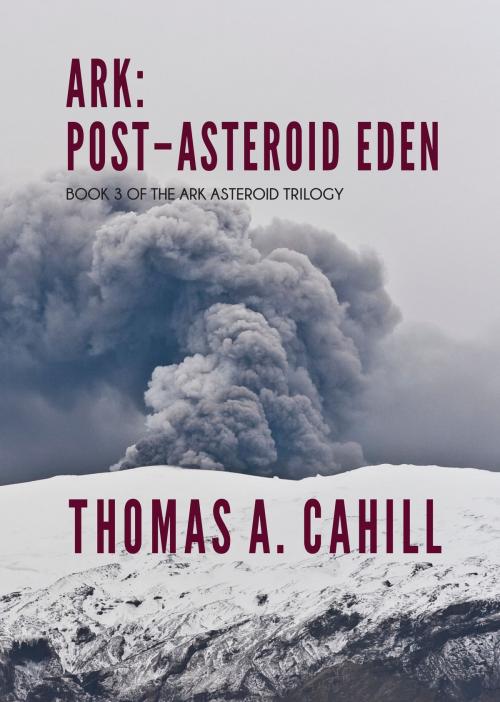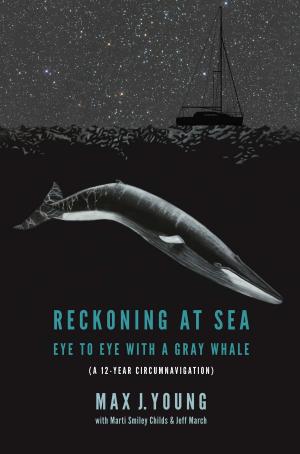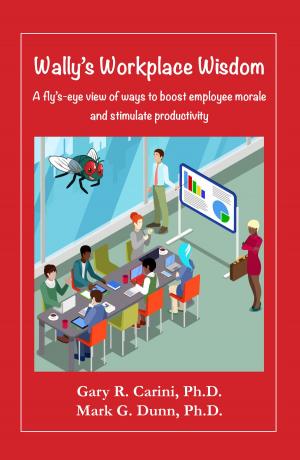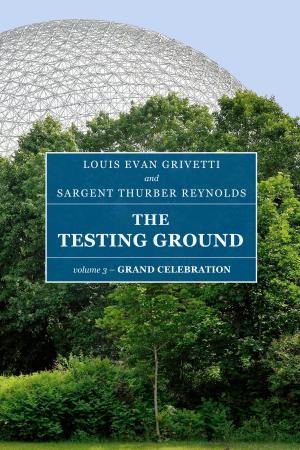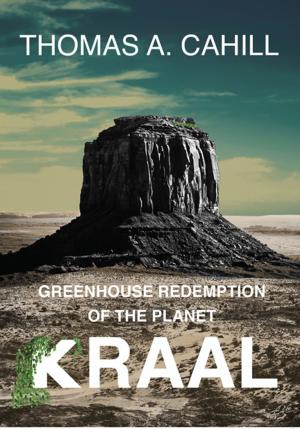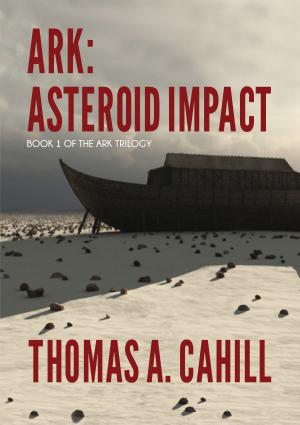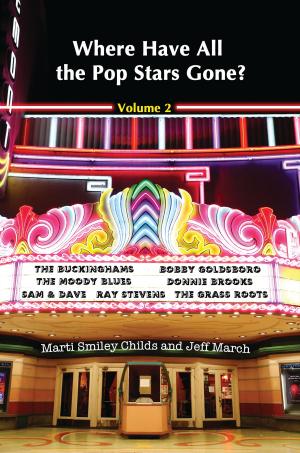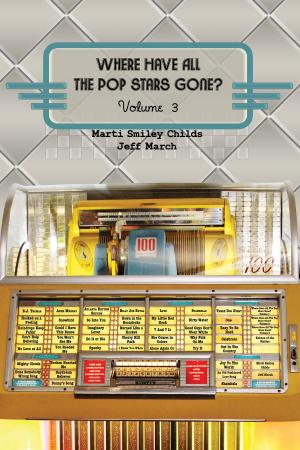Ark: Post-Asteroid Eden
Science Fiction & Fantasy, Science Fiction, Adventure, Fiction & Literature, Action Suspense| Author: | Thomas A. Cahill | ISBN: | 9781937317201 |
| Publisher: | EditPros LLC | Publication: | March 16, 2015 |
| Imprint: | Language: | English |
| Author: | Thomas A. Cahill |
| ISBN: | 9781937317201 |
| Publisher: | EditPros LLC |
| Publication: | March 16, 2015 |
| Imprint: | |
| Language: | English |
In the aftermath of a cataclysmic collision of an immense asteroid with the Earth, amid a decimated environment pummeled by the ravages of worldwide tsunamis, volcanic eruptions and impenetrable ash clouds, most forms of life succumbed. Yet out of the rubble of the scorched, scarred, frozen planet, a few groups of human stragglers managed to survive by seeking and improvising shelter. One such group that took refuge on the Central Coast of California gradually, agonizingly, tenaciously discovered and nurtured remnants of mammal, marine, avian and plant life that they found. As they salvaged equipment and fuel at sites that had been buried under snow and debris, they developed capabilities to generate electricity, restore vehicles, communicate by radio, build sailing ships and salvage and fly aircraft. As their technological capabilities evolved, these California “colonists” set out on increasingly wide-sweeping expeditions through which they discovered other pockets of survivors who also had carved out a rugged existence in the few places on the shattered, still-smoldering landscape that were capable of sustaining existence. The Californians discovered more about what had happened to the Earth – how the rupture in the crust of the Earth had unleashed a toxic acidic volcanic soup that had made the oceans inhospitable to sea life, destroyed much of the Amazon rain forest, and triggered a new ice age that had been slowly transforming much of the planet into a frozen wasteland. Yet a decade after the asteroid impact, a decline in volcanic activity loomed as a bright spot on the horizon. As volcanic eruptions decreased in intensity and frequency, recovery began as sunlight began to penetrate the thinning ash clouds. And although conflicts and power struggles still beset some groups of people, most humans remained united in their common quest to create civilization anew. But their best intentions appeared threatened when the world’s largest super volcano began smoldering with increasing ferocity, signaling an eruption that this time could annihilate the human race.
In the aftermath of a cataclysmic collision of an immense asteroid with the Earth, amid a decimated environment pummeled by the ravages of worldwide tsunamis, volcanic eruptions and impenetrable ash clouds, most forms of life succumbed. Yet out of the rubble of the scorched, scarred, frozen planet, a few groups of human stragglers managed to survive by seeking and improvising shelter. One such group that took refuge on the Central Coast of California gradually, agonizingly, tenaciously discovered and nurtured remnants of mammal, marine, avian and plant life that they found. As they salvaged equipment and fuel at sites that had been buried under snow and debris, they developed capabilities to generate electricity, restore vehicles, communicate by radio, build sailing ships and salvage and fly aircraft. As their technological capabilities evolved, these California “colonists” set out on increasingly wide-sweeping expeditions through which they discovered other pockets of survivors who also had carved out a rugged existence in the few places on the shattered, still-smoldering landscape that were capable of sustaining existence. The Californians discovered more about what had happened to the Earth – how the rupture in the crust of the Earth had unleashed a toxic acidic volcanic soup that had made the oceans inhospitable to sea life, destroyed much of the Amazon rain forest, and triggered a new ice age that had been slowly transforming much of the planet into a frozen wasteland. Yet a decade after the asteroid impact, a decline in volcanic activity loomed as a bright spot on the horizon. As volcanic eruptions decreased in intensity and frequency, recovery began as sunlight began to penetrate the thinning ash clouds. And although conflicts and power struggles still beset some groups of people, most humans remained united in their common quest to create civilization anew. But their best intentions appeared threatened when the world’s largest super volcano began smoldering with increasing ferocity, signaling an eruption that this time could annihilate the human race.
